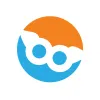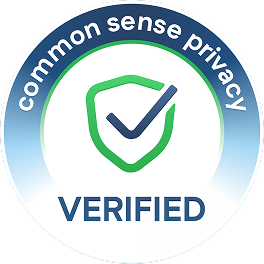Take a look inside 5 images
Codesters
Pros: Lessons with a focus on actual text-based coding provide real-world programming experience.
Cons: The text-heavy interface might be challenging for some students.
Bottom Line: The well-designed Python lessons and user interface is great for serious coding instruction.
Teachers can use Codesters as a standalone coding tutorial or for whole-class coding instruction. Students can work through the lessons without much teacher support; teachers can assign the lessons and let students move through the tutorials independently as an extension or homework option. Every lesson has a detailed lesson plan and includes an unplugged activity, Quizlet, Kahoot!, and lesson slides.
Naturally, Codesters can serve as the foundation for a coding class. The detailed teacher lesson plans can be used to craft a coding unit, which includes direct teacher instruction and online learning. The built-in learning management system helps teachers plan and track student learning. Teachers can also access answer keys to help with debugging student code. The system automatically grades students, making it simple for teachers to get a quick understanding of who may need more support.
Regardless of the setting, Codesters is robust enough that teachers don't need to have coding experience. The teacher can learn along with the students or stay a lesson ahead to make sure they feel ready to help students. Plus, students can peer review each other's code. Having the teacher more involved with teaching Codesters will help support all learners and take advantage of the site's opportunities to customize the curriculum.
Codesters is an online platform that teaches Python programming (a popular and professionally used programming language). It features a built-in learning management system (LMS) to assist teachers in managing the curriculum and student learning. Codesters provides authentic coding experiences within a well-designed interactive website. The platform is cluttered, which may be challenging for some students; however, Codesters looks similar to Python coding platforms that professional programmers use.
Like other coding websites, students follow scaffolded tutorials to learn coding basics. What makes Codesters stand out is its focus on learning to code in Python. The workspace is centered on a text-based code editor, though students do have the option to drag commands into the editor, which instantly become text. Students learn to read, modify, and write their own code using a combination of drag-and-drop tools and typing directly using Python code. Each lesson includes three phases: build, modify, and create. These phases move students from step-by-step instructions to a blank slate for creating their own projects. Final projects for each lesson are based on real-world scenarios.
Codesters includes a class page where work is shared between classmates for review and remixing. Both the student and teacher dashboards provide clear data; students can track their progress through each step of the lesson, and teachers can drill down into student data. Codesters also makes it easy to preview each lesson. The Educator Guide and detailed written lessons plans are provided for teachers and include standards alignment, learning targets, differentiation ideas, and more.
Codesters is an excellent learning tool but better suited for students with strong reading skills. Students program using the tools of professionals, a text-based code editor, and an authentic programming language (Python). The LMS provides useful data; each step of students' code is accessible to teachers so that they can help troubleshoot or celebrate progress. The comprehensive lesson plans can help teachers support their young coders, and the program offers many opportunities for creativity, differentiation, and assessment. Codesters helps students debug their programming by identifying errors and providing reminders about appropriate syntax.
The flip side of using these text-based tools is that the coding may not be as accessible to all learners. Students can click a button to listen to instructions, though some students will need support beyond that.















